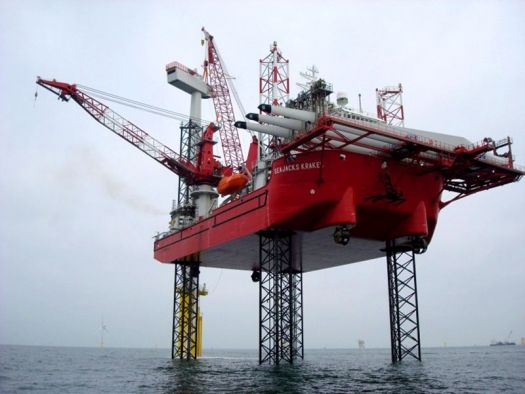The International Monetary Fund (IMF) released a report that includes an analysis of the U.S. oil sector’s reaction to the global price crisis.
In addition to the fact that increased private investment in oil and gas in the United States has the potential to alleviate energy markets, the dominant type of production in the United States (hydraulic fracturing) may increase more rapidly than elsewhere.
Typically, according to the IMF, a 10% increase in oil and gas prices adds about 2.5% to U.S. oil and gas investment in the first year and 5% cumulatively after two years.
Given that the time between investment and production is about six months for shale oil and gas, these investments have the potential to translate quickly into increased energy production.
However, capital spending lags previous responses to rising prices.
Industry contacts reported that they expect capital spending to grow by around 5-10% in 2022 and 2023 (an increase that has largely been sustained following the Russian invasion of Ukraine).
IMF
Oil production forecasts also undergo modest changes.
Having gone through several booms and busts, the oil sector’s business plans are constrained by investors’ unwillingness to increase leverage or reduce dividend payments to finance new projects.
This is despite the fact that current prices are well above break-even costs in most wells.
As a result, the IMF indicates that SOEs typically reinvest only 30-50% of their free cash flow in new projects.
Shortages of labor and equipment (e.g., steel pipe) have exacerbated cost inflation and delayed some projects.
At the same time, constraints on capital availability due to environmental, social and governance regulations may also play a role.
GNP
Natural gas exports are particularly capacity constrained.
LNG terminal projects require long-term purchase commitments from buyers.
However, European buyers are reluctant to make such commitments due to cost considerations and the uncertain pace of the transition to low-carbon energy sources.
Even with contracts in place, and with accelerated approval and construction, a new terminal would take two or more years to become operational.
Insufficient pipeline capacity may be another near-term hurdle (especially in the Appalachian Basin).
Despite these problems, the IMF expects LNG export capacity from the United States to grow 18% this year and could double by 2030 (based on terminal projects already approved).

